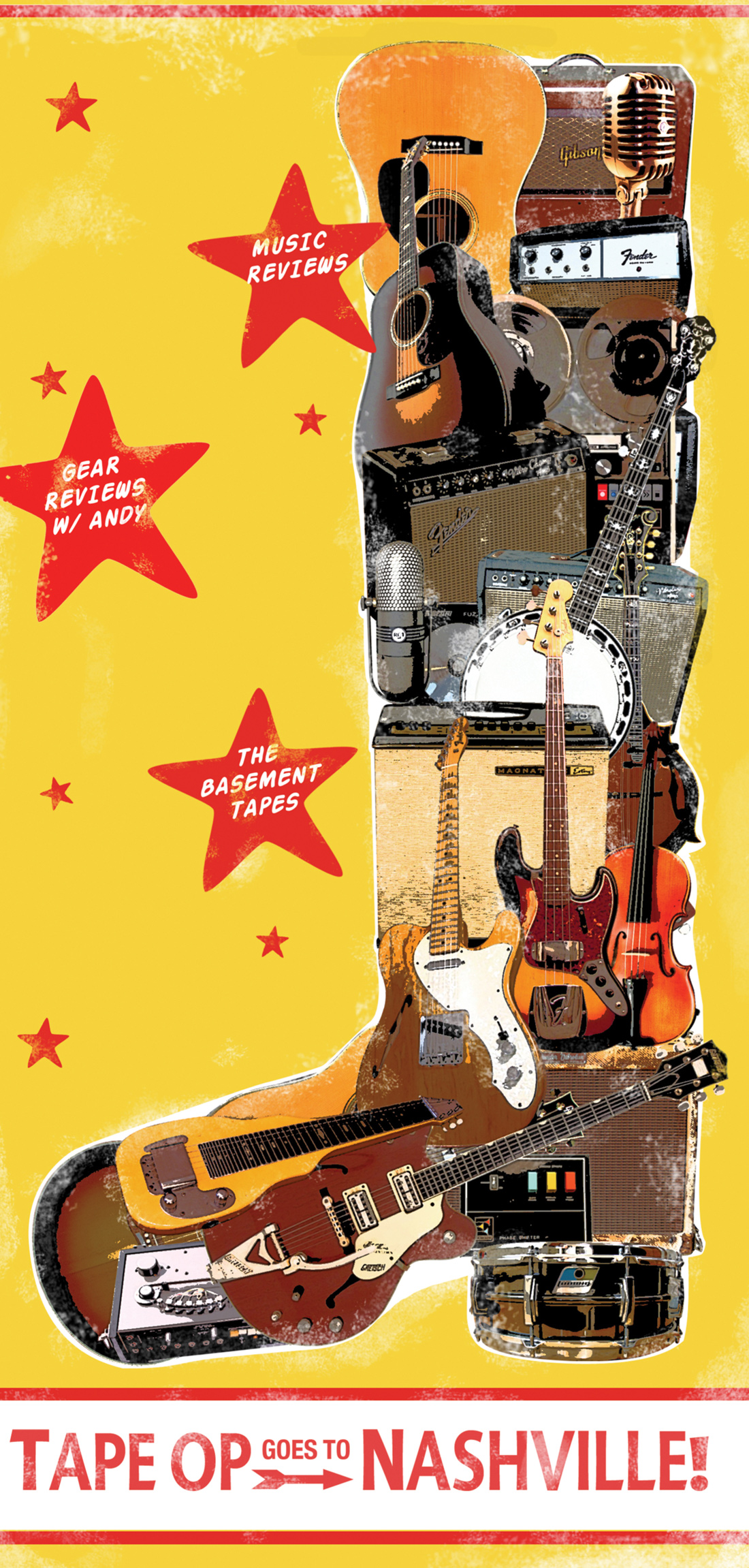I first came across the ASP880 when I was looking to expand my mic preamp inputs for an upcoming recording project. I was looking for a multichannel preamp unit to augment my collection without breaking the bank. I found many of the usual suspects (e.g., API, Daking, TRUE Systems, etc.) too expensive for the project's budget, so I kept searching for a more cost- effective unit. I settled on a stellar solution in the Audient ASP880. The unit contains eight mic preamps in a single rackspace, and when you divide the street price of $1399 by eight, you get a very reasonable cost of about $175 per channel. Now that is certainly a bang-for-buck price tag, but in true infomercial style, "Wait, there's more!" I'm happy to say that you really do get more with this box — a lot more.
Aesthetically, the ASP880 looks great with its attractive silver faceplate and colorful light- up buttons, but let's talk about all the physical I/O on this thing. To start, the front panel gives you control over the eight mic preamps, which are the same Class A design as found on Audient's flagship console. Two discrete JFET DI's are available on channels 1 and 2 in front. In back are the mic and line-level inputs. Each channel has switching for 48 V phantom power, -10 dB pad, polarity reverse, and input impedance (220, 1200, or 2800 Ω), as well as knobs for gain (0-60 dB) and high-pass filter (25-250 Hz). Small LEDs indicate signal and peak. In addition to all of this, each channel has a button to enable its pre-ADC analog insert point, which can also be used for direct access to the ADC channel, bypassing the preamp circuit. For this price, you wouldn't think that we'd even be talking about A/D conversion (more on this later), but the folks at Audient pulled out all the stops with this box. This is a big step up from their previous ASP008 offering.
The back of the unit has eight Neutrik Combo jacks (XLR and TRS) for the inputs. The aforementioned analog inserts are on two DB25 connectors. Eight channels of digital output are on DB9 (AES3 or S/PDIF) and ADAT optical (two of which are provided for S/MUX at higher sampling rates). A BNC word clock input includes switchable termination.
So, what about the mic preamps? How do they sound? Great. Each channel is made up of eight discrete transistors and an op amp, and the sound is clean and transparent with plenty of headroom on tap. Compared to some of my other preamps, the Audient seemingly has less character and color, but if you drive the Audient preamp a little harder, it can impart some analog goodness to your signal. I believe the Audient design is on par with preamps that cost significantly more and offer fewer onboard tools. Speaking of onboard tools, I found the input impedance to be very useful in getting tonally different sounds out of some of my dynamic and ribbon mics. There were a few tracks in a recent session that benefited from this feature, and I'm sure I'll employ it again. The high-pass filter is handy and useful for getting rid of some of the "flub" when you need to, polarity reverse and phantom power do what they should, and with regards to noise floor, the ASP880 is pretty dang quiet.
Now, onto the outputs and the ADC. The flexible routing offered by the ASP880 is beyond useful. You want to utilize the preamps and then patch into external analog gear? Sure! You want to return your processed signals back into the ASP880 and convert them from analog to digital? No problem! Maybe you want to use this box as a standalone eight-channel ADC. You're covered there, too. The converters are quality Burr-Brown PCM4220 multibit and offer 24-bit output up to 96 kHz. The converters sound pretty nice, and it's great to have all the digital and analog connectivity on hand.
There are a few nitpicky items, such as limited indicators for signal level, no included AES3 breakout cable, and no power switch; but when you look at what you get for your money, the ASP880 is a righteous steal. Here's a real-world testimonial to the strengths of this box: I loaned my ASP880 to a fellow producer for some additional tracking on a project, and shortly thereafter, he went out and purchased his own. If you're in need of a professional multichannel mic preamp, this one delivers.




_disp_horizontal_bw.jpg)